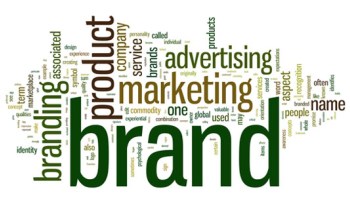Branding is one of those marketing concepts that is a bit vague. Hence, the need to simplify it. An overview of branding is incomplete without the explanation and understanding of what a product is & what is a brand.
What is a Product?
A product is anything that can be offered to a market to satisfy a want or need, including physical goods, services, experiences, events, persons, places, properties, organizations, information, and ideas (Kotler & Keller, 2015).
Many companies sell similar products, hence the only way for a company to convince people to buy their product instead of the competitors’ is by creating a brand.
What is a Brand?
A brand can be defined as a name, term, design, symbol, or any other feature that identifies one seller’s good or service as distinct from those of other sellers (American Marketing Association).
A brand can be considered as the idea or image people have in mind when thinking about specific products of a company. Products can easily be copied by other players in a market but a brand will always be unique.
What is Branding?
Branding is endowing products and services with the power of a brand (Kotler & Keller, 2015).
It is the process of giving a meaning to specific products by creating and shaping a brand in consumers’ minds. It is a strategy which companies use to help people to swiftly identify or recognise their products and organization, and give them a reason to choose their products over the competition’s, by clarifying what this particular brand is and is not.
The main aim of branding is to attract and retain loyal customers by delivering a product that is always aligned with what the brand promises.
There are two major people that branding affects;
- Consumers
- Employees / Shareholders / Third Parties
A brand helps consumers in decision making when they are not sure whose product to use. Successful branding strategies also add to company’s reputation. This asset can affect a range of people, from consumers to employees, investors, shareholders, providers, and distributors.
Branding can be achieved through:
- advertising and communications
- product and packaging design
- in-store experience
- pricing
- sponsoring and partnerships
- the visual identity of the brand e.g. logo
In Conclusion
A product is what you sell, a brand is the perceived image of the product you sell, and branding is the strategy to create that image.

